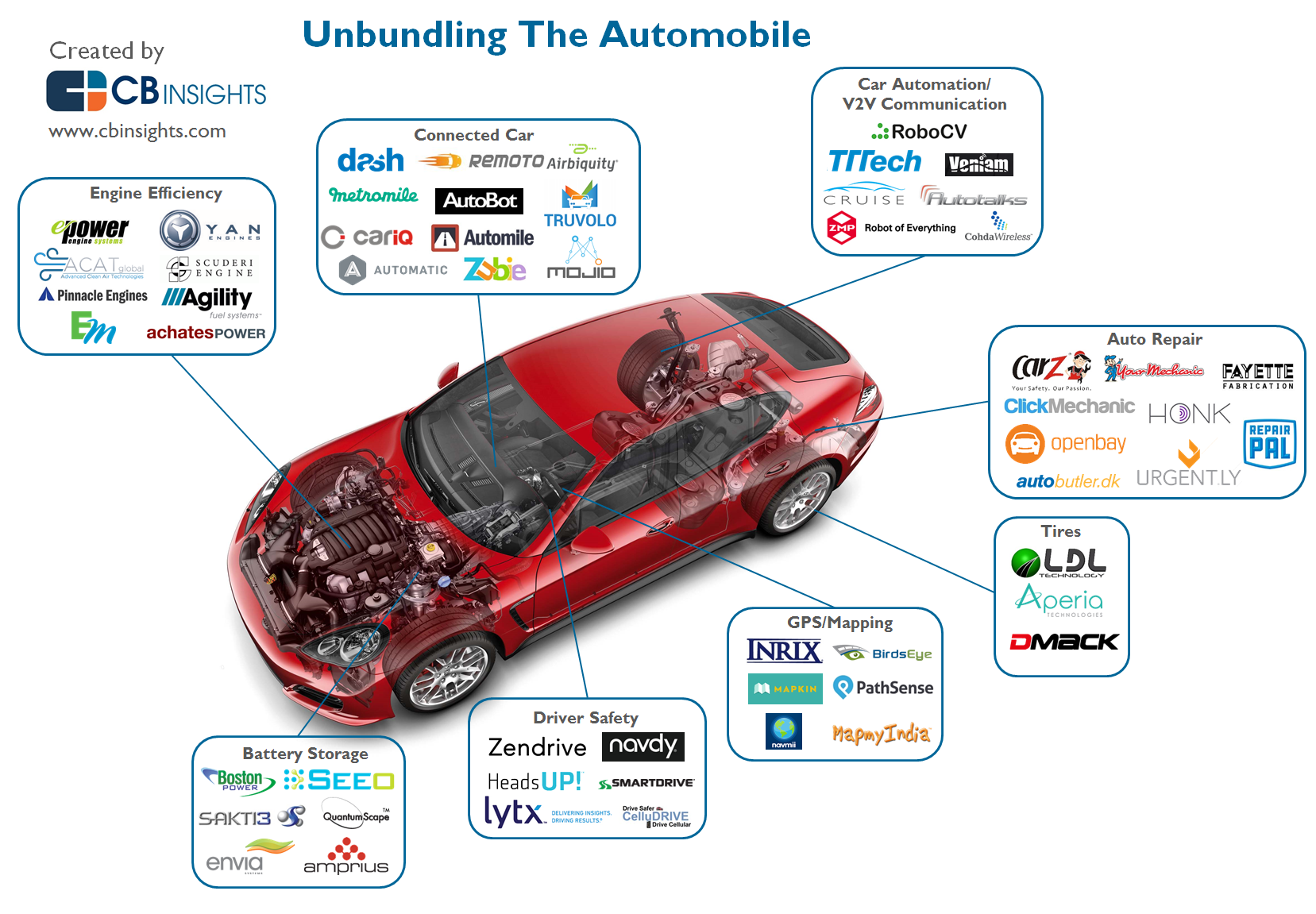Familiarize On Your Own With The Dashboard Warning Lights In Your Cars And Truck To Prioritize The Health And Safety And Security Of Your Lorry
Familiarize On Your Own With The Dashboard Warning Lights In Your Cars And Truck To Prioritize The Health And Safety And Security Of Your Lorry
Blog Article
https://brake-change28406.blogs100.com/31561519/reluctant-concerning-choosing-an-auto-service-center-discover-expert-tips-for-locating-reputable-alternatives-in-your-location-that-will-certainly-place-your-mind-comfortable Develop By-McKee Boyer
When you're behind the wheel, those beautiful warning lights on your dashboard can be a bit bewildering. Do you know what they're trying to inform you regarding your car's wellness? Understanding the relevance of these lights is vital for your safety and the long life of your lorry. So, the next time one of those lights pops up, wouldn't you want to understand its message properly and take the needed actions to address it?
Common Caution Lighting and Interpretations
Recognize usual warning lights in your vehicle and understand their significances to make certain secure driving.
The most regular warning lights include the check engine light, which indicates issues with the engine or exhausts system. If this light begins, it's critical to have your vehicle checked promptly.
The oil stress warning light shows reduced oil pressure, requiring immediate attention to prevent engine damage.
A flashing battery light could suggest a damaged billing system, potentially leaving you stranded otherwise resolved.
The tire stress surveillance system (TPMS) light informs you to reduced tire pressure, influencing lorry stability and fuel effectiveness. Overlooking this could lead to risky driving conditions.
The ABS light suggests an issue with the anti-lock stopping system, endangering your ability to stop rapidly in emergencies.
Last but not least, the coolant temperature alerting light warns of engine overheating, which can result in serious damages if not dealt with promptly.
Understanding these usual warning lights will assist you resolve concerns quickly and keep safe driving problems.
Significance of Prompt Attention
Understanding the typical warning lights in your cars and truck is only the initial step; the value of promptly attending to these cautions can not be stressed enough to ensure your safety when traveling.
When a caution light brightens on your dashboard, it's your cars and truck's way of communicating a potential issue that needs interest. Neglecting these warnings can cause more extreme problems down the road, compromising your safety and possibly costing you much more out of commission.
Motivate interest to cautioning lights can stop break downs and crashes. For example, a blinking check engine light might suggest a misfire that, if left unattended, might trigger damage to the catalytic converter. Resolving this quickly can save you from an expensive repair.
Similarly, a brake system warning light may indicate reduced brake liquid or worn brake pads, important components for your safety and security when driving.
DIY Troubleshooting Tips
If you notice a caution light on your dashboard, there are a couple of DIY troubleshooting suggestions you can try before seeking expert aid.
The primary step is to consult your vehicle's handbook to comprehend what the details caution light shows. Sometimes https://wisconsinmuslimjournal.org/toms-auto-maintenance-the-true-meaning-of-service/ can be as basic as a loosened gas cap causing the check engine light. Tightening the gas cap may fix the issue.
One more common issue is a reduced battery, which can activate various advising lights. Inspecting the battery connections for deterioration and guaranteeing they're safe and secure could repair the problem.
If a warning light lingers, you can try resetting it by detaching the auto's battery for a couple of mins and afterwards reconnecting it. Additionally, inspecting your automobile's liquid degrees, such as oil, coolant, and brake liquid, can aid repair advising lights connected to these systems.
Final thought
To conclude, recognizing your car's warning lights is necessary for keeping your automobile running smoothly and securely. By without delay addressing these alerts and knowing what they indicate, you can prevent costly repair services and potential failures.
Remember to consult your vehicle's handbook for specific information on each cautioning light and take action appropriately to make sure a trouble-free driving experience.
Remain educated, stay safe on the road!
